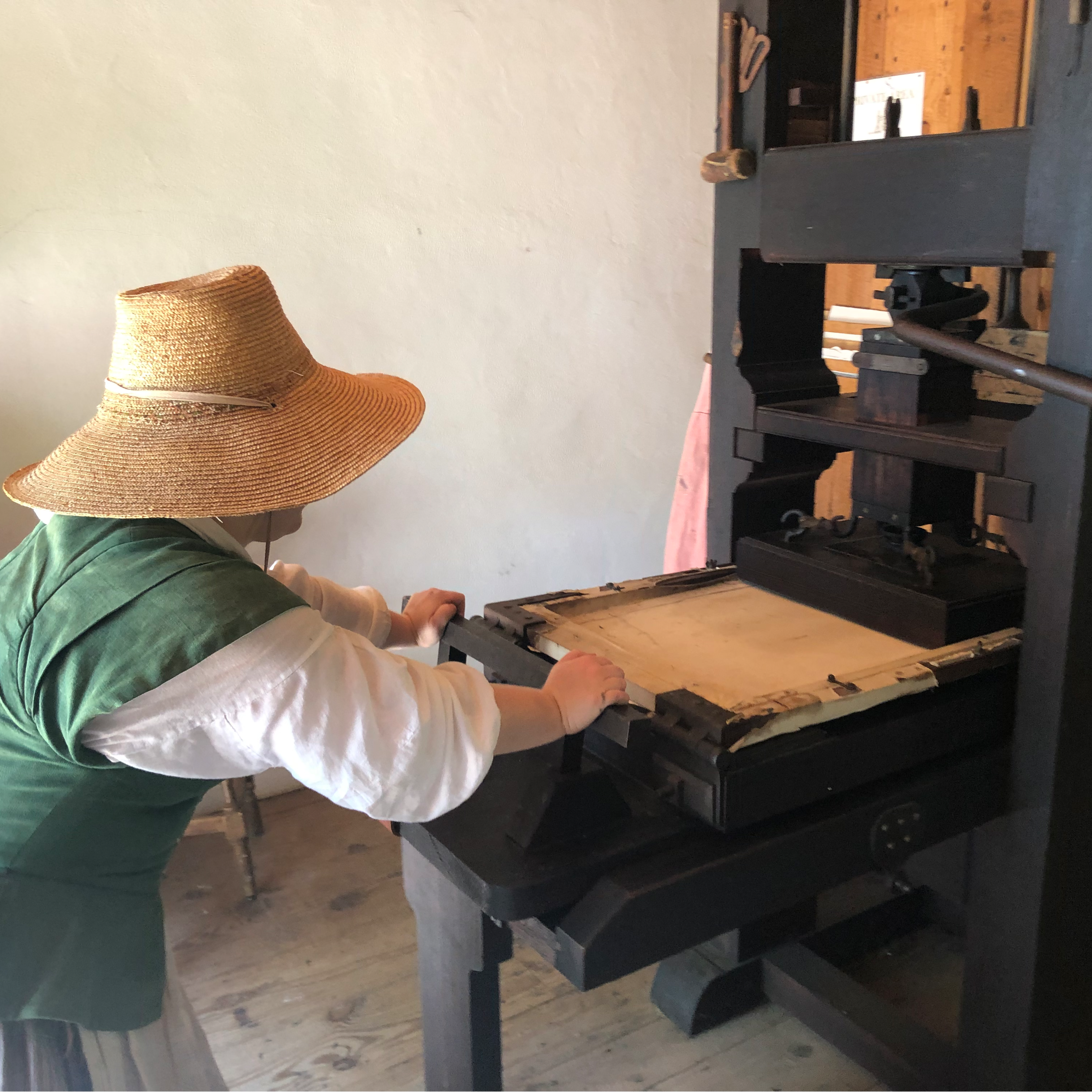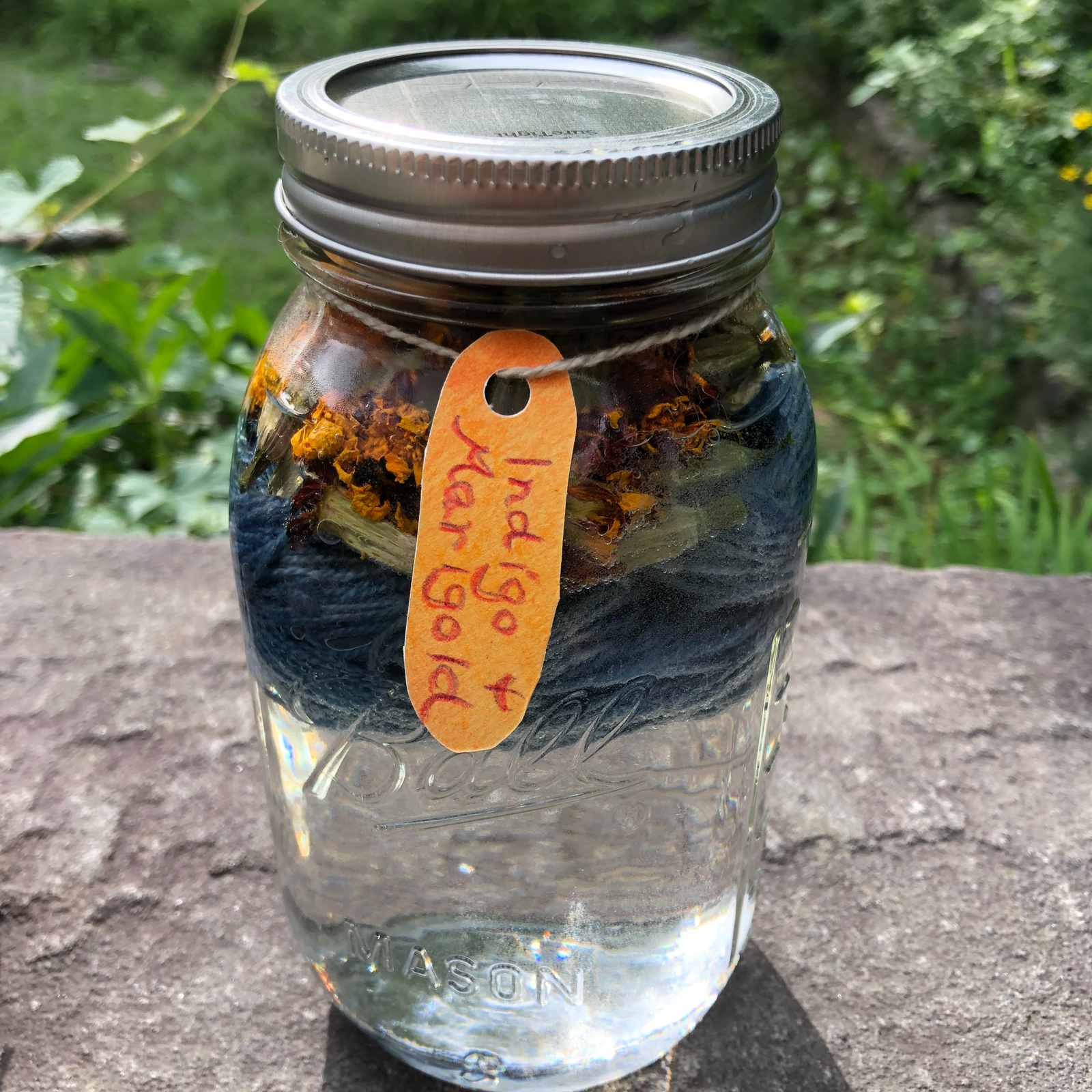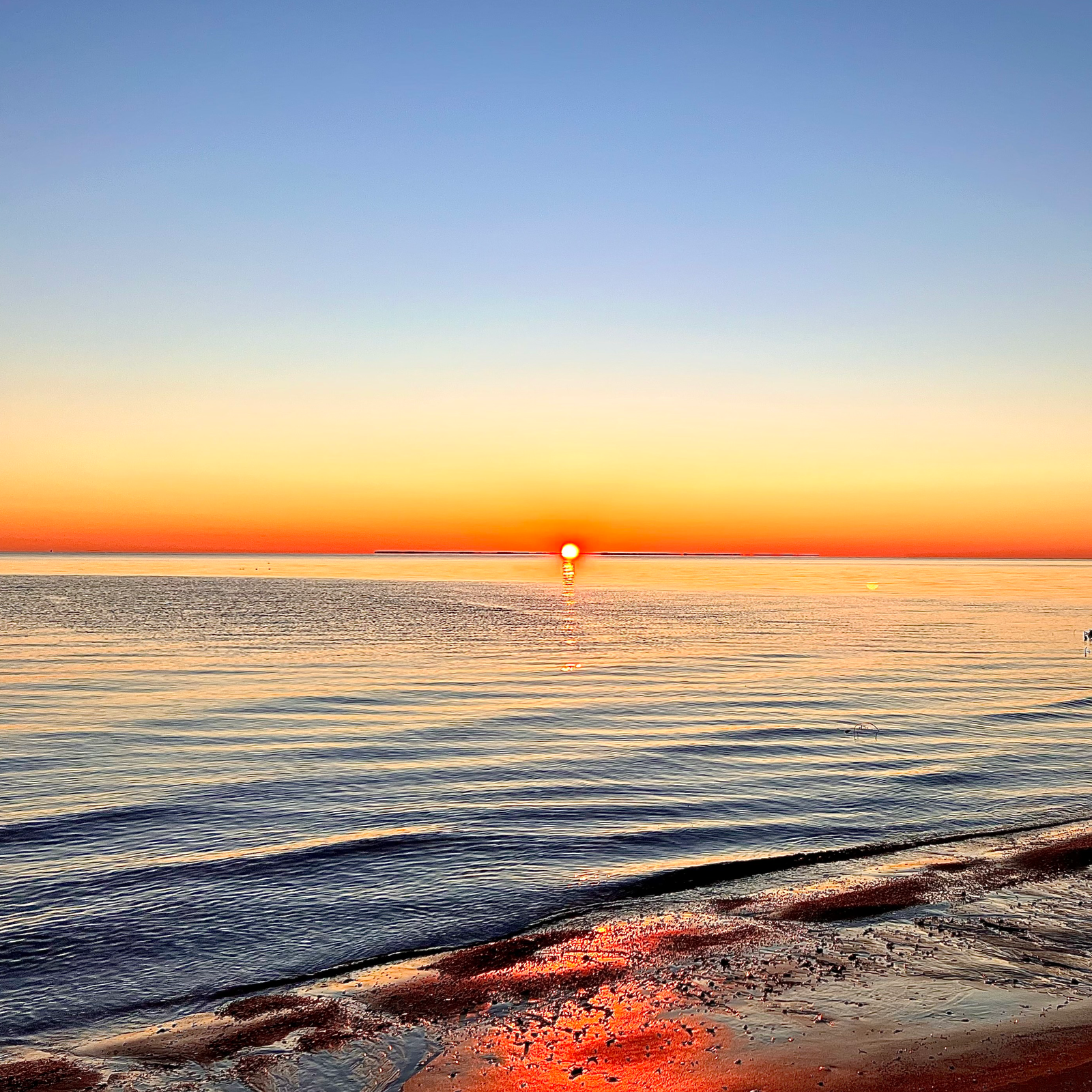Friday, April 29, 2011
Native American Legends - Hawaii
We are in an interesting situation where I am looking for Native American Legends for the Tropical Forest biome (tying Waldorf 2nd grade in with the Montessori curric); that would be Hawaii.
If anyone else does Hawaii when they do legends or as part of their folktales block, here is a great link:
Hawaiian Folk Tales, A Collection of Native Legends, text from 1907 book, available on the internet for free.
If anyone else does Hawaii when they do legends or as part of their folktales block, here is a great link:
Hawaiian Folk Tales, A Collection of Native Legends, text from 1907 book, available on the internet for free.
Tuesday, April 26, 2011
Experiments with Taste
Here is a great packet of lesson plans that is much more detailed than the standard "Do an apple, potato, and onion all taste the same when you hold your nose closed?"
"Test Your Taste" teacher guide
"Test Your Taste" student guide
"Test Your Taste" teacher guide
"Test Your Taste" student guide
Thursday, April 21, 2011
Birthday Trip to West Virginia
For my birthday, my boyfriend took me camping and exploring in West Virginia. Here was our trip:
Sunday
leave Maryland, drive to Spruce Knob WV (4863 feet [1482 m] and the highest point in the state), decide not to sleep there because it's incredibly windy and cold and a thunderstorm seems to be brewing
camp for the night at Spruce Knob Lake Campground
Monday
check out Seneca Shadows Campground for future use
attempt to visit the Seneca Rocks Discovery Center, which contains artifacts from the nearby archeological dig; however, it was closed
visit the Green Bank National Radio Astronomy Observatory, view the exhibit, take the tour
visit the Cranberry Mountain Nature Center, view the exhibit, buy some wonderful books in the gift shop
check out Hawks Nest State Park
camp for the night at Babcock State Park
Tuesday
hear wild turkey gobbling when we wake up
visit New River Gorge National River, view the exhibit, walk the walkway to view the bridge, drive down along 82 to go under the bridge, hike the 1.8 mile Kaymoor Trail and view structures from past mining days, watch the coal trains go past, drive over the bridge
find the trailhead for the Endless Wall climbing area along the New River
have a picnic lunch on the tailgate of the truck
visit the Gauley River and reject a bunch of campgrounds nearby
visit Cranberry Glades Botanical Area
camp for the night at Tea Creek Campground
Wednesday
hear ruffled grouse drumming when we wake up
get lost and discover the wonderful Williams River, check out a campsite for future use (not marked on the map), buy a fishing license with a trout stamp, and fish for several hours
having left the campsite at 9:40 am, we now drive past the same campsite at 3:40 pm and head in the correct direction
get lost again and spend some time in the George Washington National Forest and the rolling hills of Virginia
arrive back home in Maryland
Sunday
Monday
Tuesday
Wednesday
Saturday, April 16, 2011
Art History through Touch and Sound
An amazing series!
Art Beyond Sight: Art History through Touch and Sound
Poking around through their website, I found an interesting page with links to several famous artists (Van Gogh, Degas, Cassatt, Monet, Rembrandt) and their various vision problems. Click directly on each artist's painting at the bottom of the screen to see a larger version of it and then, as you move your cursor, the painting image is modified to show how the artist's vision problems would affect their view of their own work... such as Monet's cataracts. A fascinating thing to share on a SmartBoard, if you had one in your classroom!
Art Beyond Sight: Art History through Touch and Sound
Poking around through their website, I found an interesting page with links to several famous artists (Van Gogh, Degas, Cassatt, Monet, Rembrandt) and their various vision problems. Click directly on each artist's painting at the bottom of the screen to see a larger version of it and then, as you move your cursor, the painting image is modified to show how the artist's vision problems would affect their view of their own work... such as Monet's cataracts. A fascinating thing to share on a SmartBoard, if you had one in your classroom!
The Five Senses - Touch
I have Montessori nomenclature for smelling (the nose), tasting (the tongue), hearing (the ear), and seeing (the eye) but nothing for feeling (the skin)... so I am looking for resources. The Five Senses will kick off our final Science unit of the year: Health.
Art Beyond Sight: A Resource Guide to Art, Creativity, and Visual Impairment

A Picture Book of Louis Braille

Braille Magnetic Letters

Maryland State Library for the Blind and Physically Handicapped
415 Park Avenue, Baltimore, MD 21201-3638
(410) 230-2424
Art Beyond Sight: A Resource Guide to Art, Creativity, and Visual Impairment
A Picture Book of Louis Braille
Braille Magnetic Letters
Maryland State Library for the Blind and Physically Handicapped
415 Park Avenue, Baltimore, MD 21201-3638
(410) 230-2424
Saturday, April 9, 2011
Soil
She found the book! It was Deep Down Underground by Olivier Dunrea.
by Olivier Dunrea.

If she hadn't been able to find it we had a backup plan for a story to introduce Soil: A Log's Life by Wendy Pfeffer.
by Wendy Pfeffer.

If she hadn't been able to find it we had a backup plan for a story to introduce Soil: A Log's Life
Butterflies and Mouldiwarps
As our cumulative project for Botany is designing and planting a butterfly garden for the school... I have found a great butterfly book for those living in the U.S. east of the great plains. Fantastic resource!
Butterflies East of the Great Plains: An Illustrated Natural History by Paul A. Opler and George O. Krizek.
by Paul A. Opler and George O. Krizek.
Out of print... often imitated, never duplicated... detailed descriptions of more than 250 species, 324 full color photographs of butterflies alive and in their natural habitats (not chilled specimens), over 250 distribution maps... entry for each species includes physical characteristics, range, reproduction, host plants and nectar plants, and the derivation of its scientific name.
Used copies on Amazon begin at $19. Great value!
The other book I've been tracking down is in reference to the "Mouldiwarp." My neighboring teacher, with whom I'm teaching botany, remembers fondly a children's book about this little animal (this is the Scottish word for 'mole') and wants us to share it with our class next Monday when we do the parts of the soil. The only book I found online when searching through Amazon was The House of Arden by E. Nesbit, originally published in 1908. In this book the children encounter a magical Mouldiwarp.
by E. Nesbit, originally published in 1908. In this book the children encounter a magical Mouldiwarp.

But she was certain that there was a children's book just simply called The Mouldiwarp and I'm not sure if anyone out there is familiar with this book??? Please let me know.
Butterflies East of the Great Plains: An Illustrated Natural History
Out of print... often imitated, never duplicated... detailed descriptions of more than 250 species, 324 full color photographs of butterflies alive and in their natural habitats (not chilled specimens), over 250 distribution maps... entry for each species includes physical characteristics, range, reproduction, host plants and nectar plants, and the derivation of its scientific name.
Used copies on Amazon begin at $19. Great value!
The other book I've been tracking down is in reference to the "Mouldiwarp." My neighboring teacher, with whom I'm teaching botany, remembers fondly a children's book about this little animal (this is the Scottish word for 'mole') and wants us to share it with our class next Monday when we do the parts of the soil. The only book I found online when searching through Amazon was The House of Arden
But she was certain that there was a children's book just simply called The Mouldiwarp and I'm not sure if anyone out there is familiar with this book??? Please let me know.
Subscribe to:
Posts (Atom)




 Immersive Experience
Immersive Experience Immersive Experience
Immersive Experience







